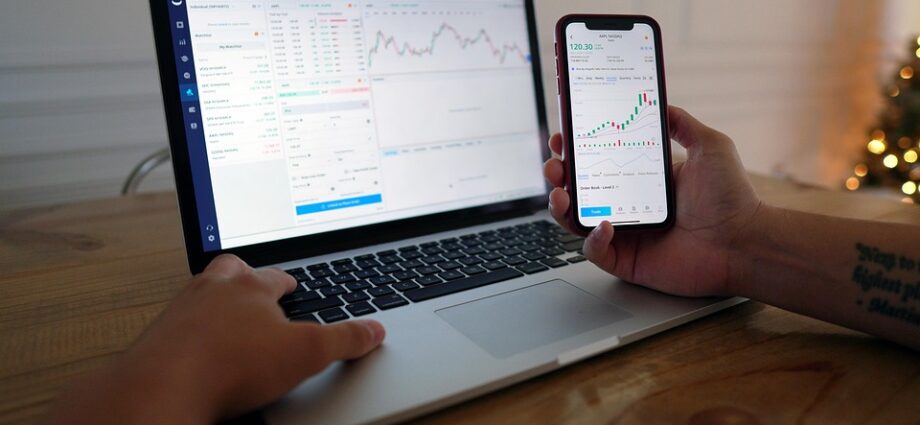Market Futures Show Signs of Recovery Amid Economic Uncertainty
As global economies navigate a landscape fraught with volatility, market futures are beginning to show signs of recovery, sparking cautious optimism among investors. Despite ongoing economic uncertainty fueled by geopolitical tensions, inflationary pressures, and supply chain disruptions, recent trends indicate a potential rebound in market performance.
Understanding Market Futures
Market futures are financial contracts obligating the buyer to purchase an asset at a predetermined price at a specified time in the future. These contracts are widely used by investors to hedge against price fluctuations or to speculate on future price movements. When futures contracts rise, it often reflects investor confidence about the economy’s direction, even amid challenges.
Recent Trends and Indicators
Recent data points suggest that market futures have begun to stabilize after a period of significant turbulence. Following a series of interest rate hikes by central banks globally aimed at combating inflation, many investors are reassessing their strategies. The Federal Reserve’s recent signals of a potential pause in rate increases have contributed to this shift, leading to an uptick in market futures.
For instance, major indices, such as the S&P 500 and the Dow Jones Industrial Average, have experienced fluctuations but have recently shown positive momentum. Analysts point to strong corporate earnings reports and resilient consumer spending as pivotal factors contributing to this optimism. Additionally, sectors such as technology and consumer discretionary have witnessed renewed interest, suggesting a possible shift towards growth-oriented investments.
The Role of Economic Indicators
Key economic indicators play a crucial role in shaping market futures. Unemployment rates, inflation data, and consumer confidence indices are closely monitored by investors seeking to gauge the overall health of the economy. Recent reports show that while inflation remains a concern, there are signs that it may be stabilizing, which could lead to a more favorable environment for both consumers and businesses.
Moreover, the labor market has demonstrated resilience, with job growth continuing in many sectors. This stability contributes to consumer confidence, further supporting the notion that the economy may be on the path to recovery.
Geopolitical Factors and Their Impact
While domestic economic indicators are promising, global geopolitical factors continue to pose risks to market stability. Ongoing conflicts, trade tensions, and uncertainties surrounding international relations can lead to sudden market fluctuations. Investors remain vigilant, as these external factors can quickly shift sentiment and influence market futures.
However, some analysts believe that the markets have begun to price in these risks, leading to a more measured approach to investing. As companies adapt to changing conditions and focus on innovation and sustainability, there is potential for growth even amid uncertainty.
Investor Sentiment and Future Outlook
Investor sentiment has shown signs of improvement, with many looking to capitalize on potential opportunities presented by the current market environment. The combination of stabilizing economic indicators and a more cautious approach to monetary policy has led to increased interest in equities and other growth-oriented assets.
As we move further into the year, market futures will likely continue to reflect a blend of optimism and caution. While there are no guarantees in the world of investing, the current trends suggest that there may be a pathway to recovery, provided that economic conditions continue to improve and geopolitical tensions ease.
In conclusion, while challenges remain, the signs of recovery in market futures offer a glimmer of hope for investors navigating a complex economic landscape. The ability to adapt to changing conditions and identify opportunities will be key as we look ahead to what the future holds for markets worldwide.
